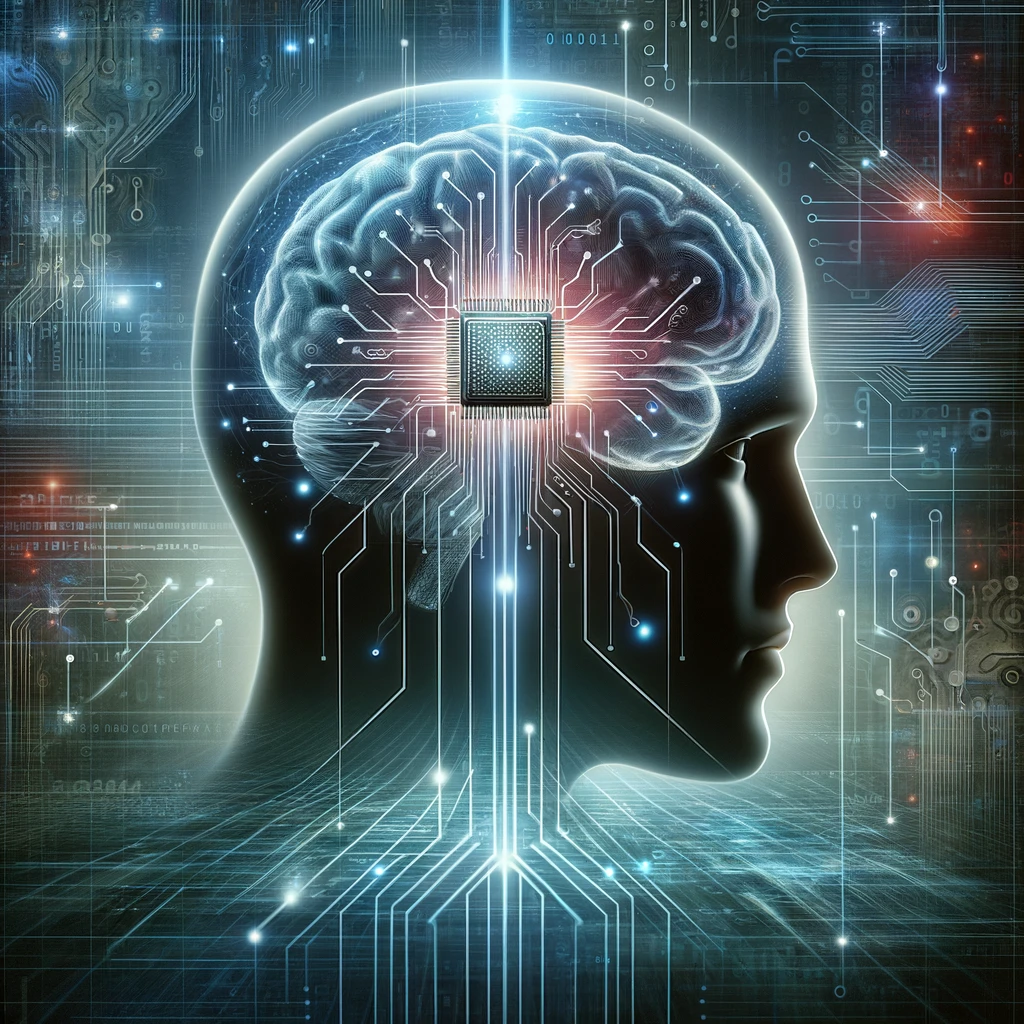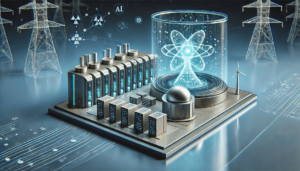Neuralink’s Milestone: A Leap into the Future or a Step Too Far?

A digital representation of Neuralink's brain-computer interface, symbolizing the seamless integration of human cognition with cutting-edge technology.
- What technological breakthrough has Neuralink achieved with its N1 microchip, and what potential does it unlock for human-computer interaction?
- What are the ethical and regulatory challenges associated with integrating brain-computer interfaces like Neuralink’s N1 chip into human cognition?
- How does Elon Musk’s vision for Neuralink and its potential applications reflect broader trends in integrating technology and human capabilities?
Neuralink’s latest breakthrough, as reported by Fortune, represents a significant advancement in brain-computer interface (BCI) technology. This milestone achievement showcases the successful implant of Neuralink’s N1 microchip in a volunteer, enabling them to control a computer mouse with their mind. This development not only highlights the potential for enhanced human-computer interaction but also opens up new possibilities for addressing neurological conditions and disabilities, marking a pivotal moment in the integration of technology and human cognition.
The Promise of Neuralink: Bridging Gaps in Human Potential
The Neuralink N1 chip represents a leap towards integrating technology with human biology, promising transformative medical advancements. Elon Musk envisions the N1 chip restoring motor functions and sight, bridging gaps in human potential and opening doors to cybernetic enhancements. This technology could revolutionize treatment for quadriplegics and the visually impaired, underscoring the immense possibilities in medical science and beyond.
For a deeper dive into the implications and possibilities of BCIs like Neuralink, see my previous exploration in Neuralink’s Leap into Humanity: The Dawn of Brain-Computer Interfaces and the Shifting Landscape of AI.”
Ethical and Regulatory Challenges: Navigating Uncharted Waters
Integrating Neuralink’s brain-computer interfaces (BCIs) into human cognition heralds a new era of medical and technological advancement but also raises significant ethical and regulatory challenges. Concerns revolve around privacy, data security, and the autonomy of individuals with implanted devices. The potential for these technologies to access and influence brain activity demands careful consideration of consent, the potential for misuse, and long-term impacts on personal identity and agency. These challenges necessitate a robust framework for governance, balancing innovation with the protection of individual rights and well-being.
From Vision to Reality: Musk’s Ambitious Path
Elon Musk’s history of ambitious claims and ventures, from Tesla to Neuralink, often blurs the line between visionary foresight and promotional hyperbole. His commitment to transformative technology—whether it’s electric vehicles, space exploration, or brain-computer interfaces—propels discussions about future possibilities. However, skepticism arises from past discrepancies between Musk’s promises and their realization, affecting public and investor perceptions. This pattern underscores the challenge of distinguishing between feasible innovation and speculative ambition within Musk’s projects, highlighting the need for a balanced view of his ambitious path from vision to reality.
A New Era of Human-Machine Integration
With the unveiling of Neuralink’s brain-computer interface (BCI) technology, we’re ushered into a new frontier where the realms of human cognition and artificial intelligence converge. This technological marvel, spearheaded by Elon Musk, has achieved a significant milestone with its first successful implant in a volunteer, enabling them to control a computer with their mind. As reported by Fortune, this breakthrough not only exemplifies the potential for transformative advancements in human-computer interaction but also signals a leap toward Musk’s vision of enhancing human capabilities. The Neuralink N1 chip, a sophisticated device designed to facilitate direct communication between the brain and external devices, represents a cornerstone in the pursuit of medical and technological revolutions. For further details, refer to the original Fortune article here.
A Balanced Future?
As we contemplate the integration of advanced technologies like Neuralink into human lives, it’s essential to maintain a balanced perspective. The thrilling potential of such technologies to augment human capabilities and address profound medical challenges must be carefully weighed against ethical considerations and the preservation of fundamental human values. A future shaped by technology should enhance, not erode, our humanity. Ethical guidelines, robust regulatory frameworks, and open societal dialogues are crucial in navigating this complex landscape, ensuring that technological advancements enrich the human experience while safeguarding personal autonomy and privacy.




